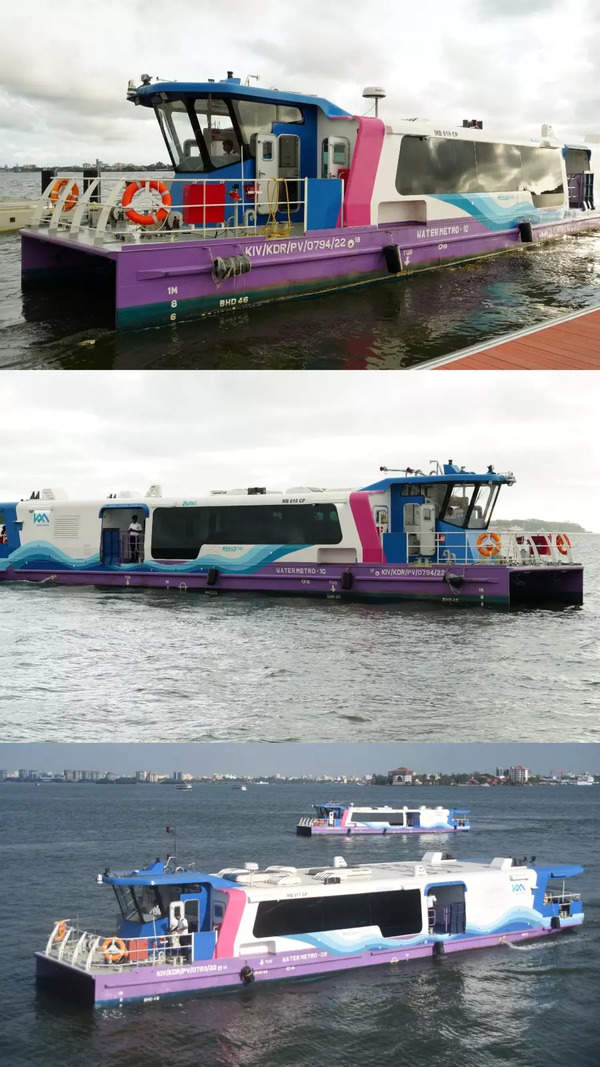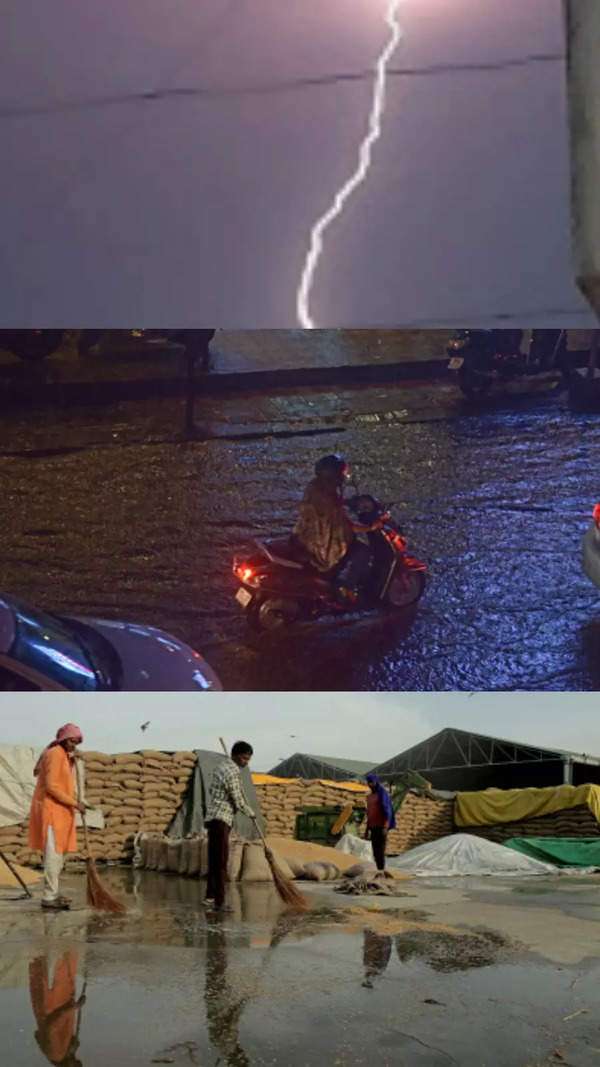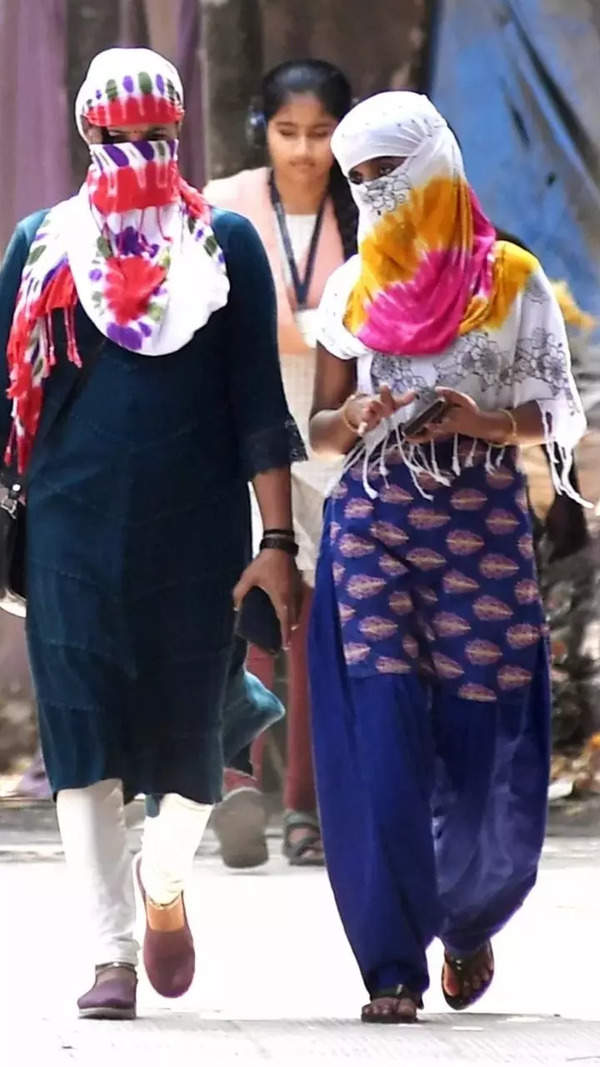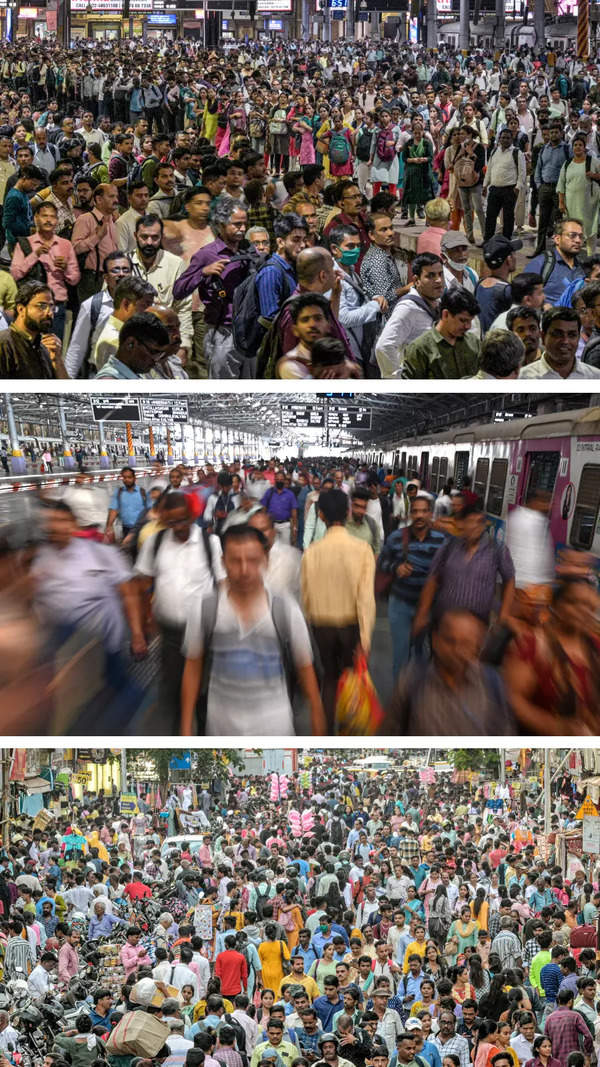- News
- City News
- bengaluru News
- 13,000 water bodies lost in 1 year? Centre's first survey puts Karnataka lake tally at mere 27,000
Trending Topics
13,000 water bodies lost in 1 year? Centre's first survey puts Karnataka lake tally at mere 27,000
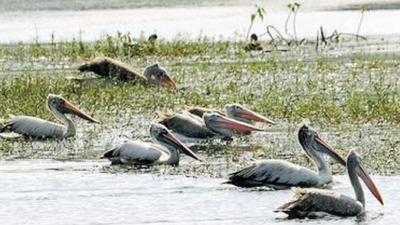
Of 26,994 waterbodies, 97.1% (26,205) were found in rural areas and the rest 2.9% (789) in urban areas.
BENGALURU: Karnataka's loss of 13,489 water bodies in just a year between 2021 and 2022 has become a pressing concern for policymakers and conservationists in the state, following the recent release of the country's first-ever census of water bodies by the Union Jal Shakti ministry.
According to the census report, Karnataka has about 26,994 lakes and waterbodies and, of them, 21,120 waterbodies (78.2%) have either dried up or been irreparably destroyed.
This is in stark contrast to findings of a joint survey conducted by the Tank Conservation and Development Authority and Karnataka Public Land Corporation in 2021which had recorded 40,483 lakes, and the Karnataka State Remote Sensing Applications Centre (KSRSAC), a nodal agency for GIS and remote sensing in Karnataka, that had documented 33,326 lakes.
The multiple variations in the number of waterbodies has left many worried on their actual condition in the state.
State urged to reject findings, share data with ministry
Sources in the Jal Shakti ministry revealed the census was carried out based on the recommendations of a parliamentary standing committee. "The department of water resources, river development and Ganga rejuvenation launched the census in 2018-19 in convergence with the 6th minor irrigation census. Both natural and man-made waterbodies including tanks, reservoirs, ponds and bandhars, were covered under the survey. The software for data entry and the mobile app for capturing latitude, longitude and photographs of waterbodies were developed by the National Informatics Centre," explained a senior official.
Critical of the findings of the central ministry, Anjaneya Reddy of Shashwatha Neeravari Horta Samiti said, "All the figures published by the state government in 2021 were entirely based on scientific data and field verification of waterbodies. How can the numbers change so drastically in less than a year? Also, the census figures appear to be a deliberate attempt to bring down the number of waterbodies so that the land under these waterbodies can easily be taken over in the coming days. The state government must reject these findings and share its scientific data with the Jal Shakti ministry."
Of 26,994 waterbodies, 97.1% (26,205) were found in rural areas and the rest 2.9% (789) in urban areas. "While 93.8% (25,308) of waterbodies were publicly owned, the remaining 6.2% (1,686) were privately owned. Location wise, a majority of lakes, 79.1% (21,342), were found to be in Naxal-affected, flood-prone and other areas," the report said.
Former secretary to the minor irrigation department and chief engineer Capt Raja Rao urged the government to contest these figures.
According to the census report, Karnataka has about 26,994 lakes and waterbodies and, of them, 21,120 waterbodies (78.2%) have either dried up or been irreparably destroyed.
This is in stark contrast to findings of a joint survey conducted by the Tank Conservation and Development Authority and Karnataka Public Land Corporation in 2021which had recorded 40,483 lakes, and the Karnataka State Remote Sensing Applications Centre (KSRSAC), a nodal agency for GIS and remote sensing in Karnataka, that had documented 33,326 lakes.
The multiple variations in the number of waterbodies has left many worried on their actual condition in the state.
State urged to reject findings, share data with ministry
Sources in the Jal Shakti ministry revealed the census was carried out based on the recommendations of a parliamentary standing committee. "The department of water resources, river development and Ganga rejuvenation launched the census in 2018-19 in convergence with the 6th minor irrigation census. Both natural and man-made waterbodies including tanks, reservoirs, ponds and bandhars, were covered under the survey. The software for data entry and the mobile app for capturing latitude, longitude and photographs of waterbodies were developed by the National Informatics Centre," explained a senior official.
Critical of the findings of the central ministry, Anjaneya Reddy of Shashwatha Neeravari Horta Samiti said, "All the figures published by the state government in 2021 were entirely based on scientific data and field verification of waterbodies. How can the numbers change so drastically in less than a year? Also, the census figures appear to be a deliberate attempt to bring down the number of waterbodies so that the land under these waterbodies can easily be taken over in the coming days. The state government must reject these findings and share its scientific data with the Jal Shakti ministry."
Of 26,994 waterbodies, 97.1% (26,205) were found in rural areas and the rest 2.9% (789) in urban areas. "While 93.8% (25,308) of waterbodies were publicly owned, the remaining 6.2% (1,686) were privately owned. Location wise, a majority of lakes, 79.1% (21,342), were found to be in Naxal-affected, flood-prone and other areas," the report said.
Former secretary to the minor irrigation department and chief engineer Capt Raja Rao urged the government to contest these figures.
Start a Conversation
FOLLOW US ON SOCIAL MEDIA
FacebookTwitterInstagramKOO APPYOUTUBE


